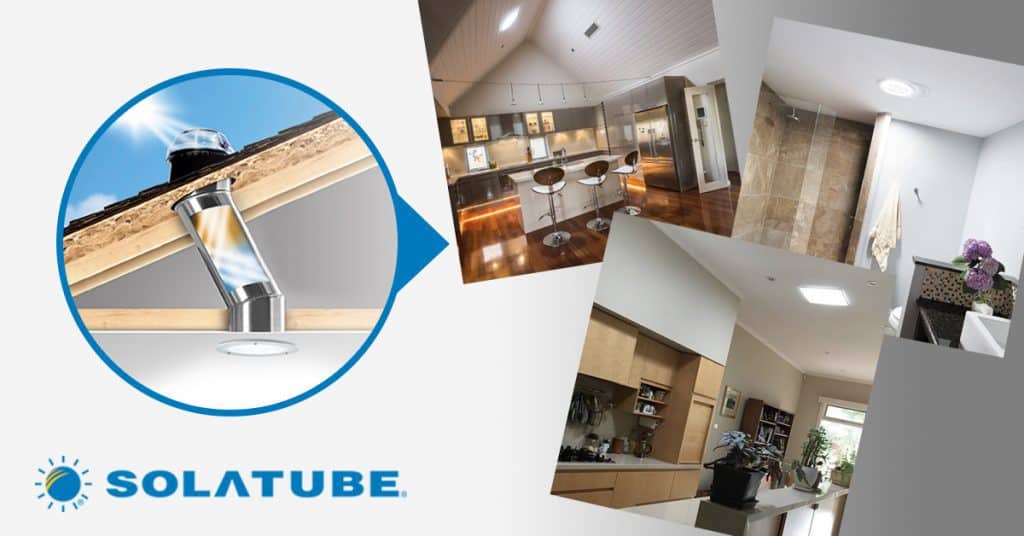Why builders are being left in the dark when it comes to the latest in tubular skylight technology

Solatube has written the following piece regarding the latest advancements in tubular skylight technology:
For some years architects have been saying that ‘daylighting’ is good business for builders. It’s a sentiment echoed by the inhabitants of buildings with natural light, with repeated studies showing lower absenteeism, better morale and higher productivity for those employees in areas with better natural light. But this growing trend is now resulting in confusion across the building industry – and leading tubular daylighting system expert Solatube is urging Aussie builders to understand the “differences” and not be left out of pocket.
The Australian-owned and operated Solatube, whose focus on lowered energy ratings, innovation and advancing technology has kept them at the forefront of the industry for 30 years, says it’s important to understand the difference between a tubular skylight and the relatively new market of tubular daylighting systems (fitted with tubular daylight devices [TDDs]).
The confusion lies in the fact that architects are now able to design TDDs into energy efficient buildings and many roofers and builders are losing money due to making the error of quoting a typical ‘tube skylight’ product.
“The main point of difference for a high-performance daylighting system is the requirement to provide a working source of light – something that is designed to offset overhead artificial lighting for more than 80 per cent of the daylight hours in a year, without having a negative effect on the energy efficiency of a building or its occupants,” Solatube general manager Brett Dickson says.
“We all understand the discomfort of sitting next to a window, all day, without a blind. Imagine multiplying that by 365 days a year for your working condition, learning in school or even cooking in the kitchen for a few hours.
“There are a number of key objectives that any home owner, designer or builder needs to keep in mind when considering a skylight system that’s intended to be a working source of light.”
Professionals in the construction industry are being impacted by a lack of understanding of the differences and pitfalls of not achieving the results required in these buildings. Architects and owners are requesting these products as working sources of light and many builders are being left out of pocket by quoting inferior products which will never meet these requirements.
“The technologies required to achieve such results in buildings is relatively new and will be more expensive than your typical tubular skylight purchased at a hardware store – and even from some manufacturers,” Brett says.
